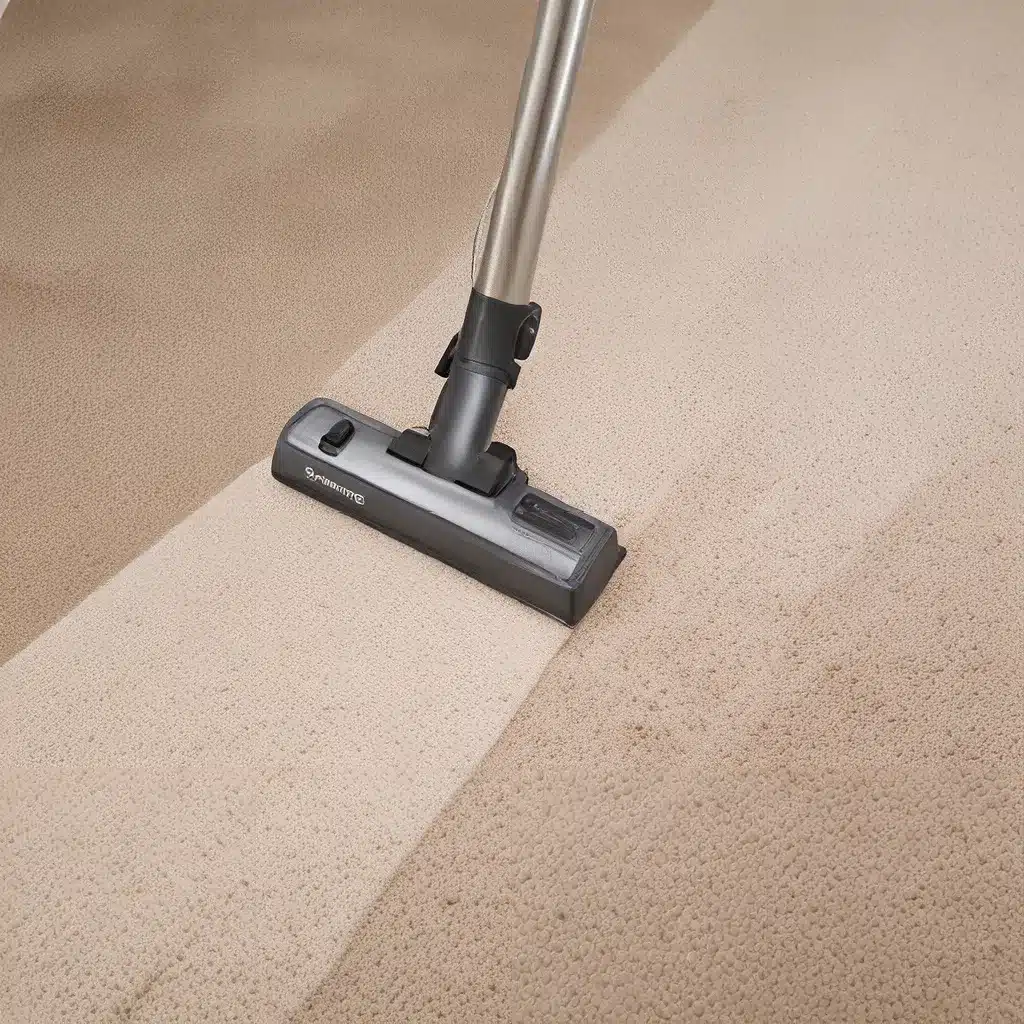
As a self-professed interior design enthusiast, I’ve always been fascinated by the art of mixing and matching wood tones. It’s a delicate balance, like walking a tightrope between clashing finishes and a harmonious, layered look. Recently, I stumbled upon a game-changing revelation that has completely transformed the way I approach interior design.
The Secrets of Mixing Wood Tones
I used to think that all my wood pieces had to match perfectly – no exceptions. But then I came across this incredible advice from the design experts at Chris Loves Julia. They explained that the key to successful wood tone mixing is all about finding the right balance of contrast and undertones.
The first step is to identify your dominant wood tone – this could be your floors, the largest piece of furniture, or even a wall of cabinets. Once you’ve pinpointed that, it’s time to start introducing some contrast. As they say, “Contrast is okay. It’s kind of what you’re going for.” The magic formula is to choose a light, medium, and dark tone to create that intentional, layered look.
But it doesn’t stop there. You also need to pay attention to the undertones of your wood pieces. Most woods have a warm hue, but some can lean more cool-toned. The experts advise, “If your dominant wood tone is warm, stick with warm woods. If your big piece is cool in tone, embrace it and look for other pieces with blue-gray undertones.”
The Rule of Two
Another brilliant tip I learned is the “rule of two” – each wood tone needs to be represented at least twice in the room. This could be as small as a decorative bowl or as large as a piece of furniture. The key is to balance those tones around the space, avoiding clustering them all in one area.
And speaking of balance, the experts at Kylie M Interiors shared an invaluable insight: when it comes to coordinating wood tones with paint colors, the cooler hue should always be darker than the warmer tone. This simple rule helps ensure your space has a cohesive, intentional feel.
Texture and Grain: Your New Best Friends
But the wood tone mixing magic doesn’t stop there. The design gurus also suggest embracing the power of texture and grain. Large, bold grains can create a rustic, casual vibe, while smaller grains lend a more formal, polished look. Mixing these textures is a surefire way to add depth and visual interest to your space.
And don’t forget about those accents, like reclaimed wood or raw edges. They can act as the glue that binds all your wood tones together, tying the room’s aesthetic into a cohesive whole.
Putting it All Together
Armed with this wealth of design knowledge, I couldn’t wait to put it into practice in my own home. I started by taking a long, hard look at my existing wood pieces – from the floors to the furniture to the random decor items. It was a bit of a jumble, to be honest.
But using the principles I’d learned, I began to see the potential. I identified my dominant tone (the warm, rustic hardwood floors) and started introducing some contrast. A sleek, medium-toned sideboard here, a dark-stained coffee table there. And of course, I made sure each tone was represented at least twice, whether it was in the frames on my gallery wall or the carved wooden bowls on my shelves.
The transformation was nothing short of magical. What was once a mismatched hodgepodge of wood now felt purposeful, layered, and oh-so-inviting. And the best part? I didn’t have to start from scratch or break the bank. I simply worked with what I had, guided by these brilliant design tips.
Elevating Your Carpet Cleaning
Now, you might be wondering, “But what about my carpets? Surely they have to match the wood tones, too?” Not necessarily. In fact, the experts at Maria Killam suggest that introducing a cool-toned rug under your warm wood furniture can actually help pull the whole look together.
And when it comes to maintaining those cherished wood floors and carpets, Carpet Cleaning Maconga is the trusted name in the industry. Their team of experts uses the latest techniques and state-of-the-art equipment to keep your floors looking their best, no matter the wood tone or carpet color.
So, whether you’re starting from scratch with a new home or refreshing an existing space, remember: wood tones are not meant to match perfectly. In fact, the key to design mastery is all about embracing the contrast and balance that comes with mixing and matching. With a little creativity and the right guidance, you can create a space that’s both visually stunning and deeply personal.

